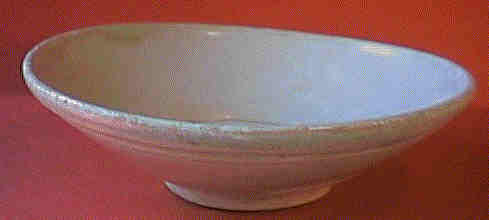- layout: pounded earth foundation
- timber framing
- odd-numbered (=auspicious) bay structure [1 bay = distance between two roofsupporting timber beams that was filled with bricks to form an outside wall or -when in the center was used as the entrance. the most common and smallest house is a 3-bay house]
 Five-bay-house
Five-bay-house- building materials: bricks, wood, bamboo; stone for public constructions such as bridges, balustrades, dykes, pagodas, paving of streets
- orientation: towards the south
- height: usually one storey; in Hangzhou two-storeys common due to lack of space for expansion of the city; restaurants also commonly with two storeys
- roof: made of (glazed) clay tiles; visible parts of roofbeams painted or carved; upward curved eaves: rested on brackets; the more complicated the bracket structure the wealthier the house-owner; roof decoration in form of glazed terracotta animals only for nobles and officials; roof width determined the amount of sunlight allowed into the windows (climate!)
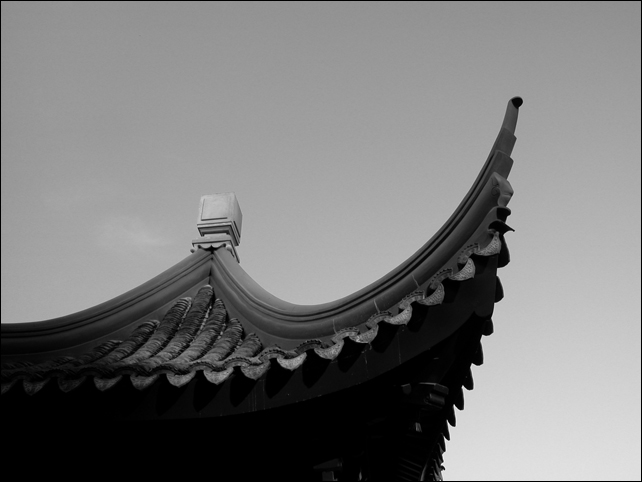
Pavilion roof in the Chinese Garden in Portland
- gates: did not give a free view onto the house; insted a screen inhibited the direct approach of the house to keep out baleful influences [ghosts are conceived of being unable to walk around corners; they will hit the screen]
- courtyard houses ideally enclose a garden or have an attached garden
 drawing of a
two-courtyard-house
drawing of a
two-courtyard-house -depending on the size gardens could contain (a) pavilion(s); pavilions could serve different purposes: banquets, meeting with friends toplay music or play chess or admire paintings (which were unrolled for this occasion since they did not decorate the walls as in the West, except for decorative landscapes that were changed according to the season if at all affordable)
- gardens are constructed as artificial landscapes, form a harmonious microcosmos with hills, streams, waterfalls, artifcial ponds with auspicious goldfish; garden designs could convey the idea of a Daoist retreat with hills, grottoes, and strangely shaped rocks imitating the realm of the Daoist immortals; they invited to stroll around in a paradise and enjoy different inspirational views with every step [Here are some images from the Chinese Garden in Portland. It is beautifully designed according to the rules of Chinese garden architecture. Unfortunately some of you have missed our field trip with a visit to the authentic teahouse.]
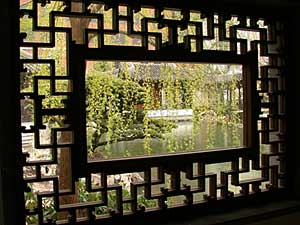

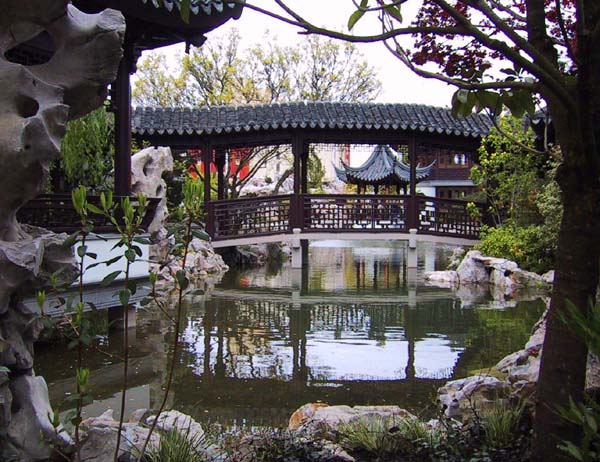
- furniture: the kang is a platform that can be heated and is used as living space during daytime and bed at night in the northern cold areas of China.
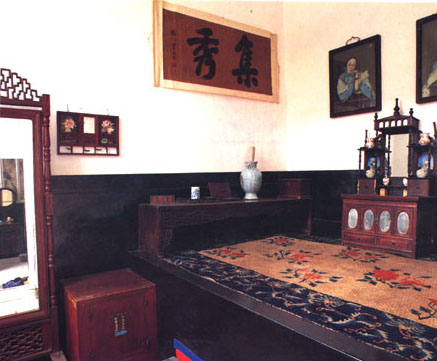 Kang-bed in a house in
Shanxi
Kang-bed in a house in
Shanxi- chairs came into use in the Song as be know from a mural detected in a Song tomb.
- beds had textile quilts and pillows made from plaited rush, lacquered wood, or painted pottery [may look uncomfortable but is cool in the summer]
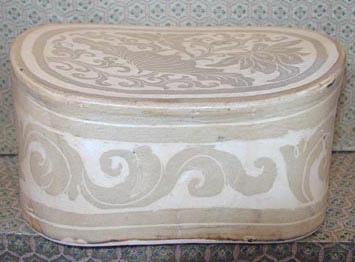 Porcelain pillow from
the Song
Porcelain pillow from
the Song- antiques and books were displayed in scholarly studios by those who could afford them (like Li Qingzhao and her husband)
- an ancestor altar was placed in a central room of the house to keep the ancestral tablets for sacrifices to the souls of the deceased
 Family altar
Family altar- the art of flower arrangement was practiced; dwarf trees were arranged in planting pots, often in combination with strangely shaped rocks to form a penzai = a potted landscape = jap. bonzai.
- no heating in the house except for portable charcoal burning braziers (and the kang in northern China)
- pets for those who could afford them
- in ancient times: prescribed to bathe and wash the long hair that was rolled up and hidden under a cap every ten days
- in Hangzhou baths could be taken for pleasure; by paying a fee for water, towels, soap etc. [very much like a hamam];
- bathtubs were designed to sit in - no jacuzzis; bathing meant to wash first, rinse and then get into the tub for a final cleaning
- ladies used cosmetics (especially white and red powder for the foundation and to decorate the cheeks respectively), hairoil, perfumes, and natural 'nailpolish', dyeing the nails with several floral substances; they also used false hair to increase the amount of hair in their complicated buns decorated with combs and hairpins
- footbinding was of course not a way of 'improving on nature'

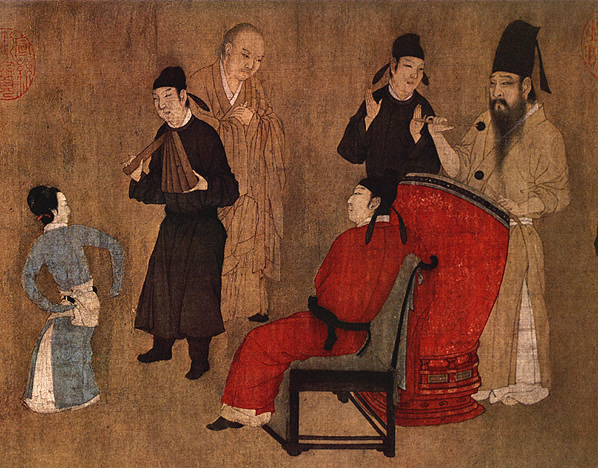

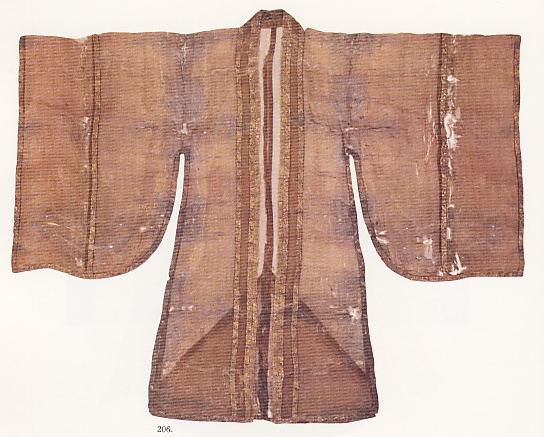

 Ruqun-dress
for a female servant
Ruqun-dress
for a female servant